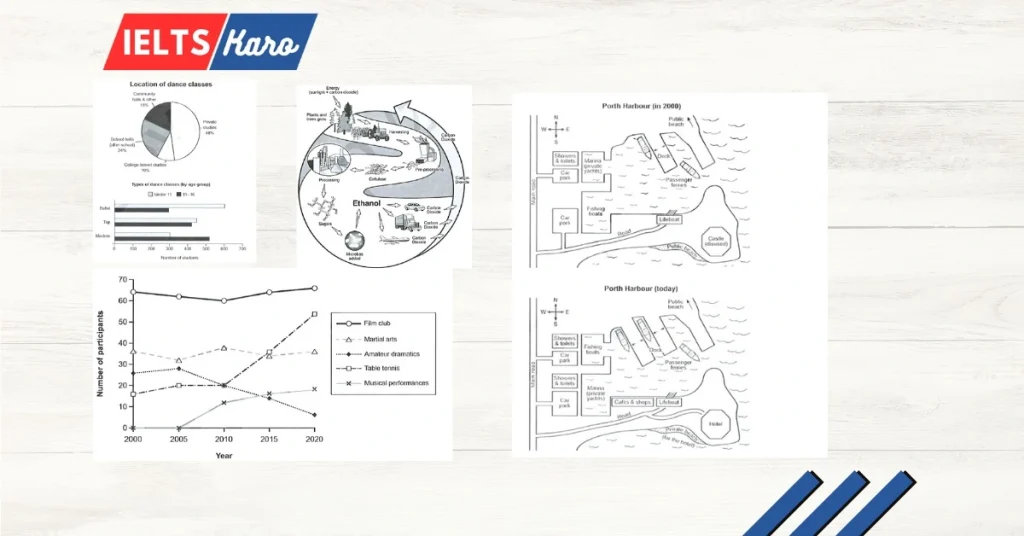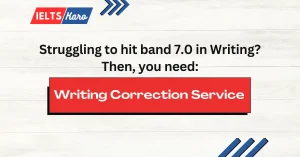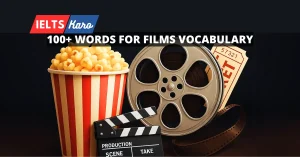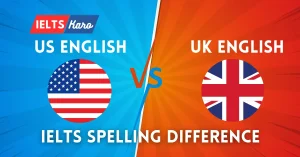I have written all following model 8.0+ band answers from the IELTS Academic Book 19 Test 1, 2, 3 and 4 Task 1 questions. You can use these as a reference on knowing how to write well for different types of Academic questions.
The graph below gives information on the numbers of participants for different activities at one social centre in Melbourne, Australia for the period 2000 to 2020.

The line graph illustrates details on the participants of multiple sports at a community centre in Melbourne, Australia, from 2000 to 2020. Overall, it is quite evident that participation in film club and martial arts fluctuated throughout whereas interest in ping-pong had the highest growth, followed by musical performances. However, Participation in the drama club witnessed a significant drop.
There were 65 and 38 film enthusiasts and martial artists, in the year 2000. The movie club fell to roughly 60 in 2010 before rising back to almost the same value that it started off with, 2020. The martial artists had varying levels of participation reaching almost the same number after 20 years.
Amateur theatre and table tennis started with the participation of nearly 25 and 17 people, respectively. In 2010, they both had 20 people enrolled, after which table tennis players soared to over 50 by 2020, while participants of the dramatics activity dropped significantly to just 5 people, which was the lowest among all activities. In 2000, there were no musicians, but by 2015, they had overtaken the theatre group at around 17, showing a modest growth to reach 20 by 2020.
Word count: 193
The plans below show a harbour in 2000 and how it looks today.
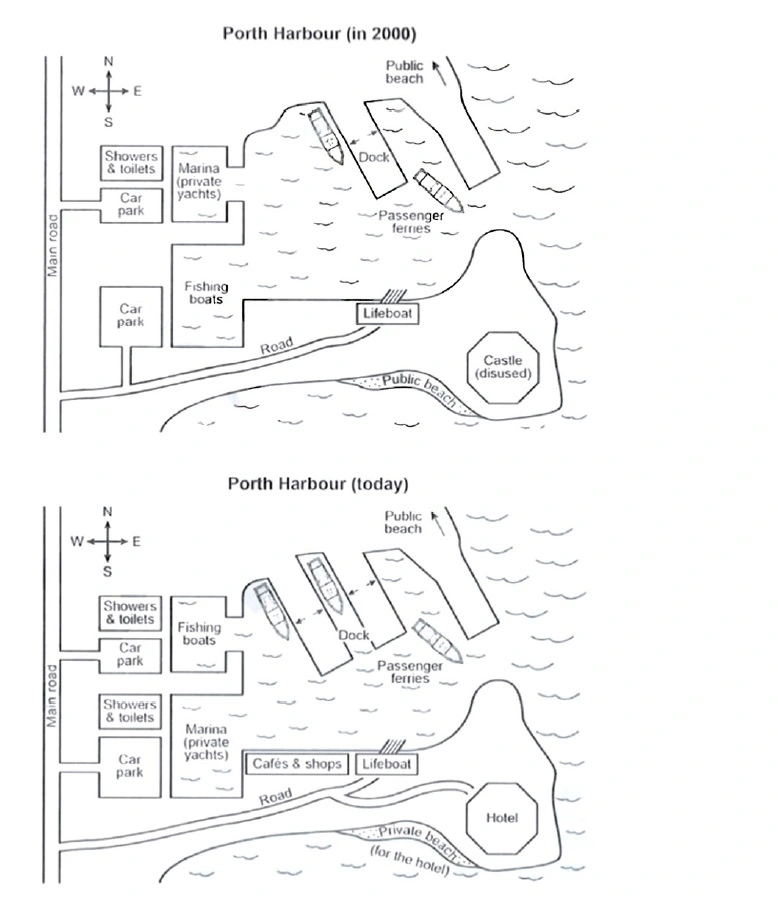
The maps illustrate changes at Porth Harbour from the year 2000 to the modern day. It is evident that the place has been converted into a tourism spot to cater to the needs of tourists.
In the year 2000, we can see the Main Road running from south to north. At the northern end, there were showers & toilets, as well as cark parks. On the east, we could see one dock for passenger ferries, a Marina and a public beach. Running along the east from the southern end of the Main Road, a road led to the car park, and an area for fishing boats, and a lifeboat with a view of the public beach. One could also see the abandoned castle at the south.
Compared with the present, there have been significant changes to the map. Instead of the castle, it has now been converted to a hotel with a private beach, reserved for the hotel’s customers. The southern end of the Main Road now has additional showers and toilets. The road from the south used to connect to the lifeboats in 2000, but now it also connects to the hotel. Along the main road is an addition of showers & toilets and next to the lifeboats, we can now see cafes and shops. The location for fishing boats and Marina have been swapped, respectively, with an addition of a new dock for the former.
Word count: 200
The diagram below shows how a biofuel called ethanol is produced.
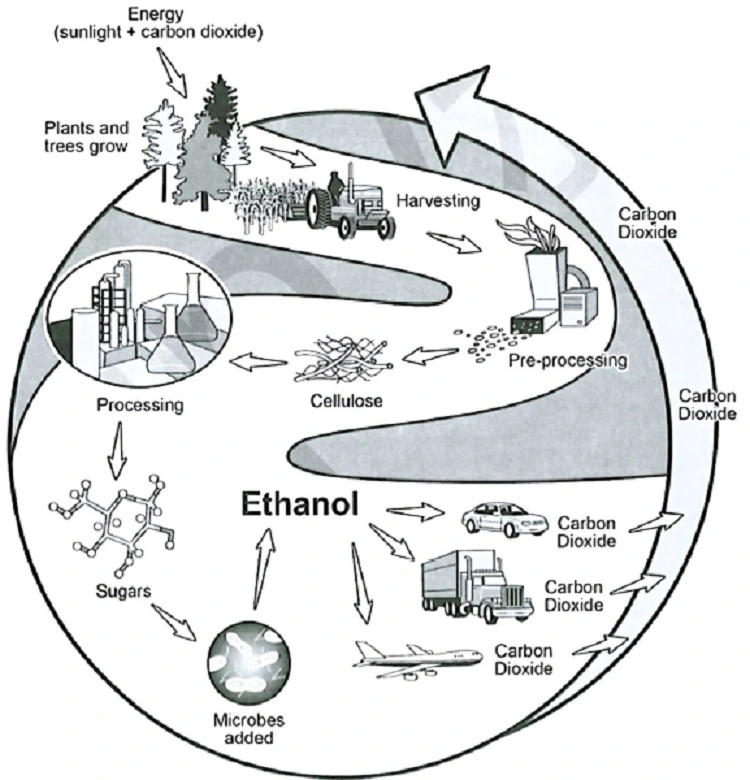
The process shows a complete lifecycle of ethanol production and how the resulting carbon dioxide goes back into the environment. Overall, there are 4 stages required to produce the ethanol biofuel.
It starts with the trees taking energy through the combination of sunlight and carbon dioxide. These trees are then harvested by the farmer and taken to the pre-processing stage where they are transformed into cellulose. This material is further used in the last and final stage, which is processing. In this final process, we can see sugars made from the cellulose. Once microbes are added to the sugars, we get ethanol.
Biofuel is an essential component of the transportation industry, consisting of cars, trucks and airplanes. The carbon dioxide resulting from the combustion process of the industry then goes back to the environment to mix with the sunlight, and the process starts over. This is a cycle that keeps on repeating.
Word count: 152
The charts below give information on the location and types of dance classes young people in a town in Australia are currently attending.
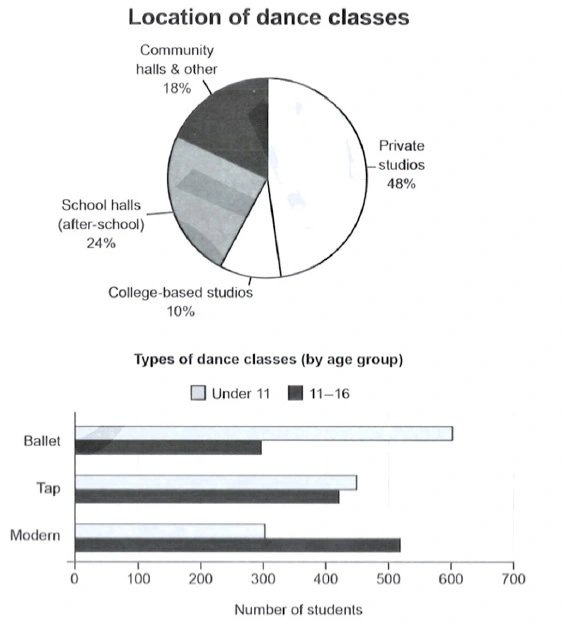
The pie chart displays the location of the dance classes, whereas the bar chart shows the number of students taking part in the different types according to their age groups in an Australian town. It is evident from the charts that ballet is the most popular type for under 11, whereas modern dance has the most participation in the higher age group. Most classes are also held in private studios.
Private studios lead with the most used location at 48%, followed by school halls and community halls at 24% and 18%, respectively. College-based studios held the lowest proportion of dance classes at just 10%.
There are three types of dance classes; ballet, tap and modern. Ballet and Tap had the most participation by under 11 students at nearly 600 and almost 450, respectively. Compared with the older students, ballet had almost half the younger students at 300, whereas tap dance was close at nearly 435. The older students had higher participation in the modern classes, exceeding over 500, with only 300 younger pupils.
Word count: 173
Grammar Tenses for Map Writing
Always check the date on the maps and then write the answers accordingly:
- If you see a map with a past date, you must use the past tense. For example, “There was only one docking station at the east side of the beach.
- If you see a map with a future plan, you must use the future form of grammar, such as “It will be converted to a multimedia room, and no longer as a library.”
- If you see a map with a “Present” or “Now” title, you must use the present tense.
- This gives IELTS examiners the clue that you are using the right sentences for the different types of maps, and is an essential part of the Grammatical Range and Accuracy marking criteria.
- If there is a comparison of dates, you must be flexible with the tenses in your sentences. For example, “In the past we could see an abandoned castle, which has now been converted into a hotel.”
- You will also notice that the passive voice is sometimes used for map reports for writing task 1.
Share your responses in the comments for me to review.
Or use my professional IELTS Writing Correction Service, for a comprehensive and detailed feedback of Task 1 and Task 2 answers. Email me at [email protected] if you have any questions.

